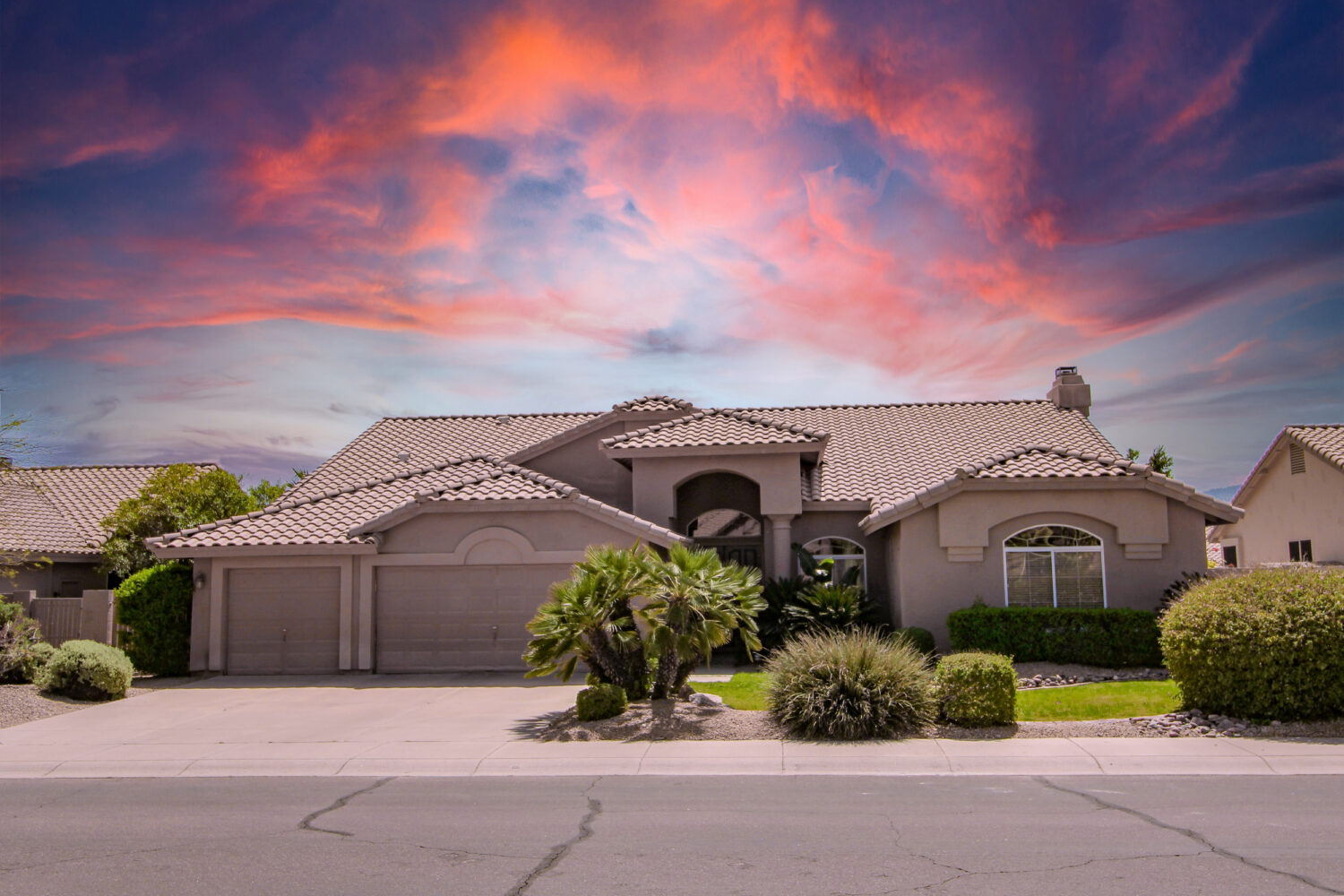We still have a ways to go before the summer heat comes into play, but it’s never too late to prepare. With the Texas heat, homeowners experience soaring temperatures almost year-round. If you live in Texas or are planning to move to Texas, it is important to think about how you can live comfortably when triple-digit temperatures are around the corner.
You can start with managing your home’s temperature by looking into the best roofing materials for warm climates. Roof shingles play a pivotal role in the quality of your household. If the heat is a major concern for you and your home, you’ve come to just the right place. From metal roofing to century-old terra cotta roofs, we discuss the many kinds of roofing that best perform under high temperatures.
Metal Roofing
Metal roofing is proven to be one of the best performing roofing materials when it comes to keeping the Texas heat at bay. This is because metal roofing is made with highly reflective paints and coatings. With these cool roofing materials, metal roofing can also support your home’s ability to save on energy. Overall, metal roofs can be extremely beneficial to your home, especially in warmer environments.
Photovoltaic Sytems
If you are looking for roofing that can store heat while managing temperatures in your home, a photovoltaic system is for you. Photovoltaic (PV) systems capture and redirect solar power into electricity. Solar panels are rising in popularity, but they are not to be confused with PV systems. Solar panels utilize any form of collected energy from the sun, while PV systems focus on converting electricity from sunlight.
Slate Tiles
These century-old roofing materials are known for working with a natural color range, utilizing cool tones. Not only are slate tiles durable, timeless, and beautiful, but they help reduce the heat absorbed by a building due to its naturally reflective properties. The sun does little damage to these tiles, so you can expect a nice finish of slate over your home with time.
Terra Cotta and Clay Tiles
Terra cotta roofing is popular in regions across Latin countries, including Spain, Mexico, and Italy. The influence of Spanish-styled terra cotta roofs quickly made its way into Southwest America thanks to its ability to retain less heat from the sun. Terra cotta and clay tiles are typically light in color and are known for lasting several years in countries where the sun is scorching. To make them more effective, homeowners can consider adding weatherproofing and reflective coatings to strengthen the tiles’ ability to wade off heat.
Overlays and Radiant Barriers
Overlays and radiant barrier coatings are roof materials that are applied over traditional asphalt or tar roofing. Should you want to stick with more heat-prone roofing materials, overlay coatings can help. Overlay coatings can work well in several regions because the material is designed to reflect heat away and protect roof shingles from other kinds of weather.
Rubber Membrane Roofing
Rubber roofs are commonly seen in commercial buildings. What most people don’t know is that rubber roofs are weather-resistant and praised for their long wear. While rubber material sounds like it would do the exact opposite of warding off heat, rubber roofing isn’t made out of one single material. It gets its name from the rubber-like membrane it creates when made out of synthetic rubber called ethylene propylene diene monomer (EPDM). With the cooling technology that rubber roofs are made out of, they can definitely help keep temperatures low within your property.
White “S” and Flat Tiles
You can always put more decorative tiles to use, such as barrel “S” tiles or flat tiles, while keeping the heat from the sun out of your home. White S-shaped tiles made from concrete have proven themselves to be effective at keeping heat to a minimum in homes. With no color to absorb the sun’s heat and with its shape to allow cool air to circulate, these S-shaped tiles can reflect up to 74% of the sun’s energy away from the roof.
In addition to S-shaped tiles, white flat concrete tiles are well-suited for homes in warm climates. It is best to look for flat tiles made out of ceramic, elastomeric materials, or combinations of fibers or cement because, with these properties, they can reflect as much as 77% of the sun’s heat.
Get the Right Roofing Installed with Our Professionals
If you have just moved to the city of Dallas-Fort Worth or own a home in the area, it’s time to consider what new roofing could do for your household. Whenever you plan to upgrade your roofing, our team is ready to help. Contact us today to learn more about how you can get started with our roofing services.




